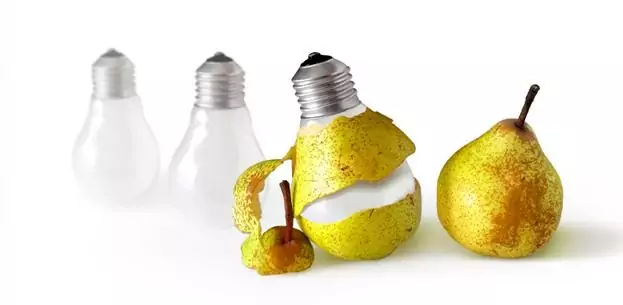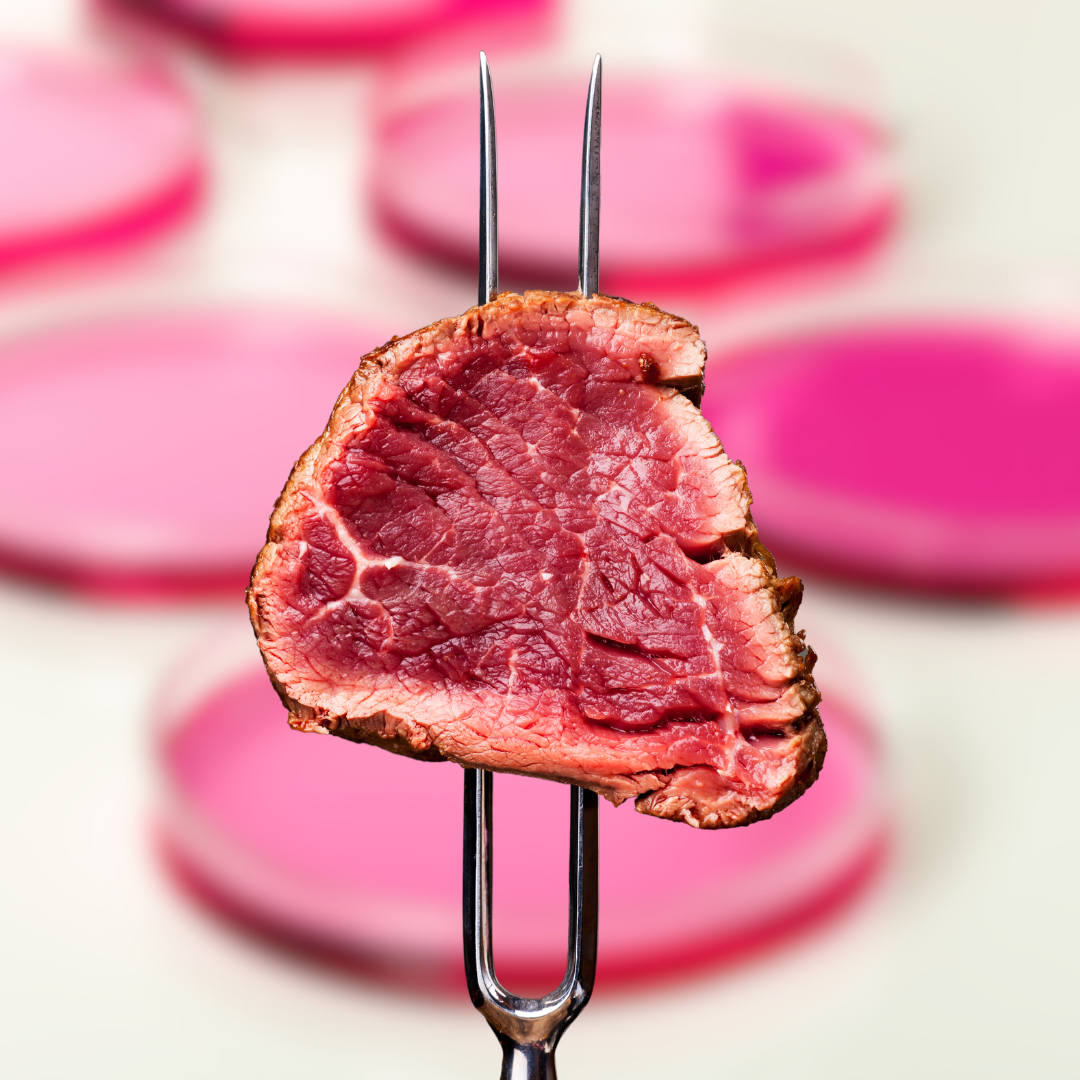The following is a non-exhaustive list of useful industry terms that may be helpful to owners and teams of food businesses who are just starting out or who would like to keep up to date with certain terms and phrases often used within the food industry.
Adaptogens are generally defined as any ingredient that can help the body to better cope with physical or mental stress.
Food additive is any substance not normally consumed as a food by itself, intentionally added during the manufacturing of the foods to serve a technological function in the finished product. Codex General Standard define Food additive as being “any substance not normally consumed as a food by itself and not normally used a typical ingredient of the food, whether or not it has nutritive value, the intentional addition of which to food for a technological (including organoleptic) purpose in the manufacture, processing, preparation, treatment, packing, packaging, transport or holding of such food results, or may be reasonably expected to result (directly or indirectly), in it or its by-products becoming a component of or otherwise affecting the characteristics of such foods.
Artificial Intelligence (AI) is the ability of a computer program or a machine to think and learn. It is also a field of study which tries to make computers “smart”. As machines become increasingly capable, mental facilities once thought to require intelligence are removed from the definition.
AI relies on a continual process of technological learning from experience and getting better and better at answering complex questions. With AI, a human gives the system a task, and the computer builds the model. Algorithms powered by AI can rapidly come up with alternative options which are otherwise much more time-consuming and laborious using conventional computer-powered testing. Like the human brain, AI adapts to the environment and gets better the more it is being used. But unlike humans, the capacity for improvement is unlimited. What’s more, boring, repetitive tasks are never a problem with AI.
Here are examples of how the food industry is or could be using AI soon:
shorturl.at/cmBFX
https://www.topbots.com/food-beverage-cpg-companies-leverage-ai-machine-learning/
Big data refers to an extremely large data sets that may be analysed computationally to reveal patterns, trends, and associations, especially relating to human behaviour and interactions. Big data challenges include capturing data, data storage, data analysis, search, sharing, transfer, visualisation, querying, updating, information privacy and data source. Although Big Data is in this way formulated as a problem, it holds in fact an enormous potential in various fields, ranging from health, food security, climate and resource efficiency to energy, intelligent transport systems and smart cities; an opportunity which we cannot afford to miss. With traditional solutions becoming too expensive to scale or adapt to rapidly evolving conditions, companies are scrambling to find affordable technologies that will help them store, process, and query all of their data. Innovative solutions will enable companies to extract maximum value from big data and create differentiated, more personal customer experiences.
Here are examples of how the food industry is or could be leveraging big data:
https://www.newgenapps.com/blog/7-uses-of-big-data-in-food-and-beverages-industry
shorturl.at/jAHV1
Blockchain refers to a way of storing and sharing information across a network of users in an open virtual space. Blockchain technology allows users to look at all transactions simultaneously and in real-time. In food, for example, a retailer would know with whom his supplier has had dealings. Since blockchain is a decentralised, distributed and public digital ledger, the record cannot be altered retroactively without the alteration of all subsequent blocks and the consensus of the network.
shorturl.at/htOR0
Consumer mapping. A customer journey map is a diagram or several diagrams that depict the stages customers go through when interacting with a company, from buying products online to accessing customer service on the phone to airing grievances on social media.
shorturl.at/gkQ26
shorturl.at/ruEQZ
Consumer intelligence is the process of gathering and analysing information regarding target markets and consumers; their details and activities, to build a deeper and more effective relationships and support better and ultimately more profitable decision-making related to meeting the consumers’ wants and needs.
Consumer Intelligence includes the gathering and interpretation of information about target markets and customers. It is the analysis of data gathered across marketing channels to evaluate the success of marketing initiatives and its resonance with consumers. Consumer Intelligence is conducted using quantitative methods focusing on data, statistics, and analytics as well as qualitative methods such as customer surveys and focus groups.
Key Areas of Consumer Intelligence
· Consumer behaviour analysis
· Customer relationship management (CRM)
· Consumer demographics, psychographics, and firmographics
· Market segmentation
· Market trends analysis
· Marketing / channel / social media analytics
· Price vs. value information
· Supply / demand analysis
In the food industry, consumer intelligence solutions could focus on leveraging our shopper marketing cloud of vast data to develop deep shopper insights, segment planning, opportunity sizing and activation strategies that empower companies to “win” the sale and the shopper.
Design Thinking is a framework for finding creative solutions to problems. It is a discipline that concentrate on the solution rather than the problem. Designer use techniques and sensibility to match consumer needs with new technologies.
The following steps are usually involved:
- User-centred design process focuses on human values using empathy to create experience.
- Define & refine scope. Produce an inspiring vision to fuel and amplify ideation with a diverse and cohesive team.
- Use the tools, ideate and iterate often and test.
- With the growth of food retail expected to remain low in the next few years, players that want to expand must consider the potential that digitalisation offers for engaging with customers and opening new revenue streams. E-commerce is a significant growth opportunity for grocery retailers and food manufacturers. However, digitalisation presents new challenges for retailers, as the logistics costs of e-commerce threaten to erode profit margins.
- Food production is being digitalised and industry 4.0 is evolving throughout the food chain. Higher manufacturing productivity from digitalisation will come from:
- Improved competitive capabilities
- Faster time to market
- Better planning and forecasting
- Reduced inventory holding
- Improved product quality
- Reduced downtime
- Shorter setup and changeover times
- Lower energy consumption
- Greater financial sustainability
- optimise productivity and supply chain operations
- predict trends and quickly adjust to market demands
- drive innovation and accelerate time to market
- increase customer satisfaction and loyalty
- develop new lines of production and add new revenue streams
- get closer to customers
- lower costs
- Machine Learning (ML)
- User Interface (UI)
- Design Thinking
- User EXperience Design (UXD)
- Lean Start-up







